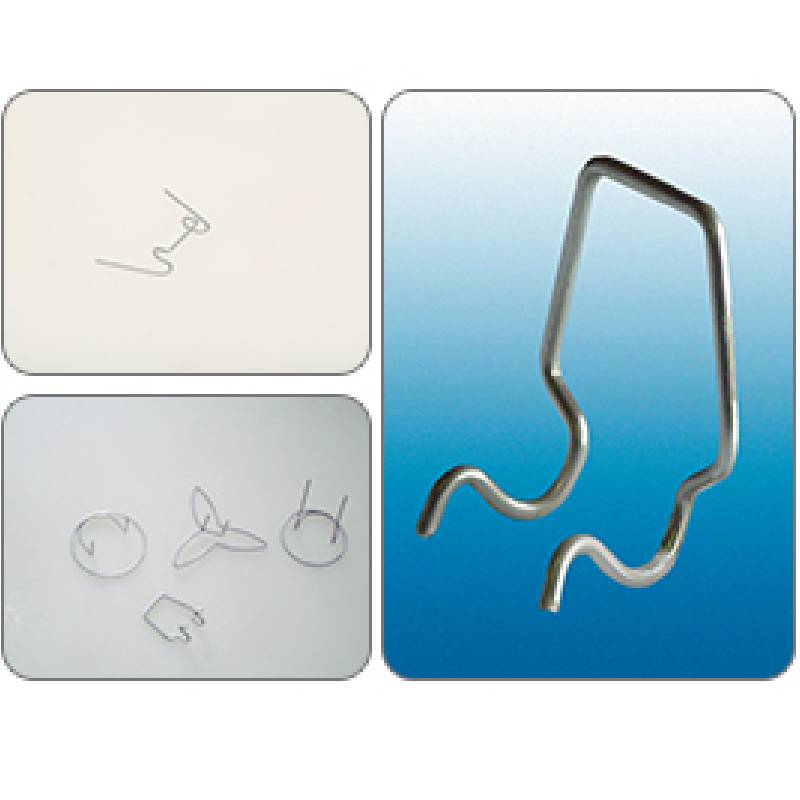
- Mobile Phone
- +8613931874955
- sales@cntcmetal.com
Installing Plaster Corner Bead for Smooth and Seamless Interior Wall Finishes
Understanding Plaster Internal Corner Beads A Comprehensive Guide
When it comes to achieving a flawless finish in plastering, internal corner beads play a crucial role. These beads are essential for creating sharp, clean corners in plastered walls and ceilings, ensuring that the final appearance is both aesthetically pleasing and structurally sound.
What is an Internal Corner Bead?
An internal corner bead is a thin strip of material, often made from metal or plastic, that is used to reinforce and protect the internal corners of walls. These beads are installed at the junction of two plastered surfaces, helping to create a seamless transition between surfaces and ensuring that the corners remain straight and true. They are especially important in areas where the walls meet at an angle, as they provide a solid foundation for applying plaster and finishing materials.
Benefits of Using Internal Corner Beads
1. Structural Integrity One of the primary benefits of using corner beads is that they significantly enhance the structural integrity of plastered corners. By providing reinforcement, they help to prevent chipping, cracking, and other types of damage that can occur over time.
2. Aesthetic Appeal Internally bead-treated corners have a clean and polished look. This is particularly important in modern construction, where design aesthetics play a critical role in overall home value. Properly finished corners can make even standard rooms look more professional and well-crafted.
3. Ease of Application Corner beads simplify the plastering process. They offer a defined edge that plasterers can easily work against, leading to quicker and more accurate installations. This reduces the potential for mistakes and the need for excessive sanding or fixing later.
4. Versatility Internal corner beads come in various materials and designs, making them suitable for different types of projects. Whether you are working on new constructions or renovations, you can find a bead that fits your specific needs.
plaster internal corner bead

Installation Process
The installation of internal corner beads is a crucial step in the plastering process. Here’s a brief guide on how to do it effectively
1. Preparation Before installing the corner bead, ensure that the surfaces are clean and free from dust. Measure the length of the corner and cut your bead accordingly.
2. Positioning Place the corner bead into the corner, ensuring that it is lined up perfectly with the edges of the two walls. It should sit flush against the surface to create a straight edge.
3. Securing Use bonding agents or drywall screws to secure the corner bead in place. If using screws, space them about every 12 inches along the bead.
4. Applying Plaster Once the bead is secured, apply the plaster using a trowel, smoothing it over the bead and blending it into the wall. It's imperative to feather the edges to avoid visible transitions.
5. Finishing Touches After the plaster has dried, you may need to sand the area lightly to achieve a smooth finish. This ensures that there are no bumps or imperfections around the corner.
Conclusion
In the world of plastering, internal corner beads are indispensable tools for both contractors and DIY enthusiasts. They provide structural support, enhance visual appeal, and streamline the plastering process. Whether you are embarking on a renovation or constructing a new home, understanding the importance of internal corner beads will empower you to achieve professional-grade results. With careful installation and attention to detail, your plastered corners will stand the test of time, adding both beauty and durability to your space.
share:
-
Your Source for Concrete Wall Ties and Masonry AccessoriesNewsJul.10,2025
-
Unlocking the Power of Iron Wire for Every ProjectNewsJul.10,2025
-
Explore Advanced Chain Wire and Stainless Steel Mesh FencingNewsJul.10,2025
-
Discover the Benefits of Annealed Wire ProductsNewsJul.10,2025
-
Discover China Stainless Steel Wire Mesh SolutionsNewsJul.10,2025
-
Build with Confidence Using High-Performance Masonry AccessoriesNewsJul.10,2025
-
Why Sacrificial Formwork Is Redefining Underground ConstructionNewsJun.06,2025



















